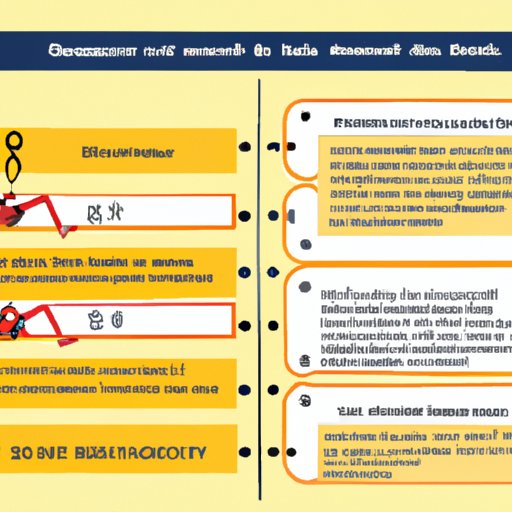Introduction
Every day, millions of children across the United States ride school buses to get to and from school. While school buses are a popular and safe form of transportation, one issue that has been brought to the forefront in recent years is the lack of seat belts on these buses. This article explores the history of school buses, the reasons why they don’t have seat belts, and the ongoing debate around the topic.
History of School Buses
The first school buses were horse-drawn carriages that were used to transport students to and from school in rural areas. Over time, these carriages were replaced by motorized vehicles, and the design of school buses underwent many changes. Today, school buses are designed with specific safety features and are held to strict regulations and guidelines to ensure the safety of all passengers.
Since the 1930s, school buses have been the primary mode of transportation for students in the United States. According to the National Highway Traffic Safety Administration (NHTSA), school buses are the safest mode of transportation for students, with only 0.2 fatalities per 100 million vehicle miles traveled.
The Debate Over Seat Belts
Despite their safety record, school buses have been criticized for not having seat belts. This debate has been ongoing for many years, with advocates for both sides presenting arguments for and against the use of seat belts on school buses.
One reason why school buses don’t have seat belts is that the design of the buses already provides a level of protection to passengers. School buses are designed with high seat backs, thick padding, and energy-absorbing seat frames to protect passengers in the event of a crash.
Another reason is the cost involved with retrofitting buses with seat belts. According to the National Association of State Directors of Pupil Transportation Services (NASDPTS), retrofitting school buses with seat belts could cost between $7,000 and $10,000 per bus. With a national fleet of over 480,000 school buses, this cost could be significant.
Risks and Benefits of Seat Belts
There are potential risks involved with putting seat belts in school buses. One concern is that students may not use the seat belts properly, defeating their purpose. Additionally, seat belts could potentially restrict movement and create more hazards in emergency situations.
However, there are also potential benefits to having seat belts in school buses. In the event of a rollover accident, seat belts could keep passengers from being ejected from the vehicle, reducing the risk of injury or death.
According to data from the NHTSA, there were 1,353 fatalities from school transportation-related crashes between 2006 and 2015. Of those fatalities, only 8% were occupants of school transportation vehicles. This suggests that the risk of injury or death on a school bus is low, with or without seat belts.
Listicle of Pros and Cons
To help readers weigh the pros and cons of seat belts on school buses, here is a listicle of benefits and drawbacks:
Pros:
- Seat belts can prevent ejections in the event of a rollover accident
- Seat belts can provide a sense of security and comfort for passengers
- Seat belts can be an effective reminder for students to remain seated while the bus is in motion
Cons:
- Seat belts can potentially create hazards in emergency situations
- Seat belts could be used improperly by students, rendering them useless
- Seat belts could be costly to retrofit onto existing buses
Editorial
While the debate around seat belts on school buses is ongoing, there are other solutions that could improve the safety of students during transportation. One solution is to invest in driver training and technology upgrades, such as adding sensors to buses to detect unsafe driving behaviors and alert drivers in real time.
Ultimately, the decision to add seat belts to school buses should be based on a thorough evaluation of the risks and benefits. While there is evidence to support both sides of the debate, the most important aspect to consider is the safety of the students who rely on school buses to get to and from school safely.
Infographic
Check out this infographic to learn more about the safety features of different types of school buses:

Conclusion
While the use of seat belts on school buses remains an ongoing debate, it is important to remember that school buses are already designed with specific safety features to protect passengers. However, continued exploration of potential solutions to improve school bus safety is crucial, and decisions should be based on a thorough evaluation of all factors involved.
Whether seat belts are ultimately added to school buses or not, the most important priority is the safety and well-being of the students who rely on these buses to get to and from school every day.
